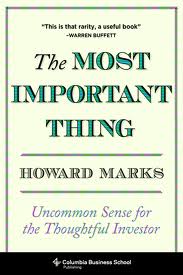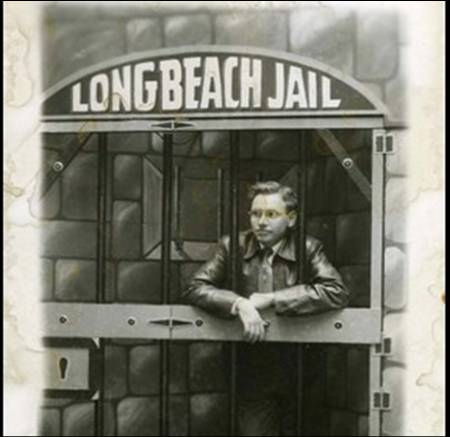It’s that time of year – calendar year 2014 draws to an end. For one's trackrecord, there's particular emphasis on annual calendar year returns. Convention dictates that the annual return period fall between January 1st and December 31st, although there is no particular rhyme or reason behind this convention (e.g., why not April 1st to March 31st of the following year?).
For investors currently managing capital (especially those hoping to woo additional capital), we are subjected to the rules of the game – however arbitrary or nonsensical they may seem. Instead, let’s turn our attention to a more productive topic (something we can control) related to the calendar year convention…
2015 approaches – a new year, your oyster and blank slate – the possibilities are boundless! But before you say goodbye to 2014, will you glance back to examine, really breakdown, your 2014 returns? The exercise builds not only awareness, by forcing us to assess and admit our strengths or weaknesses and what we did well or poorly, it also reinforces a process over outcome approach to investing. How much of performance was due to luck? How much performance was due to process and skill? While not guaranteed to make us better investors, these are likely good questions to ask ourselves and perhaps even considerations to be worked into our investment processes throughout the next year.
For those needing ideas on how to evaluate your 2014 performance, below are excerpts from an article written by Mariko Gordon of Daruma Capital almost exact a year ago in December 2013:
“As the year ends, whether bull or bear market, the time of reckoning draws near. Now, mind you, scorekeeping happens all year round. But there's something about the nights getting longer and the coming winter solstice that creates an extra level of soul searching.
At Daruma, here are the things we ponder as we perform a post-mortem on the year's performance:
- What percent of the stocks we owned over the last year and three years went up? And by how much compared to those that went down? It's easy to focus on the 'hit rate,' but if the pluses are small and the minuses are big, having a positive hit rate isn't going to do much good.
- Did we add any value with adds and trims? Did we do a better job when we added or trimmed on the way up, or when we added or trimmed when the stock went down? Did we waste too much energy chasing squirrels when we should have focused on elephants? Activity does not always translate into returns.
- How did the stocks that we sold do compared to the stocks we replaced them with or decided to keep? 'Out of sight, out of mind' means that we risk scoring ourselves only for what happened, and not for what could have been.
- How did we spend our time? Since one team is responsible for two products, did we allocate our time properly between the two? And while we're at it, did we get the right balance of new ideas versus maintenance research? And did we have the right mix of tasks – calls with analysts versus field trips to companies, for example? It's easy to look at results without examining the success of the actions that led to those results.
- How did we perform on an absolute and relative basis - in addition to the benchmark, sectors and industries - against the true investable universe? Not every stock in a small-cap benchmark in particular can be bought, as there are many teeny and illiquid banks and companies. Did we catch the best possible fish in our pond?”






